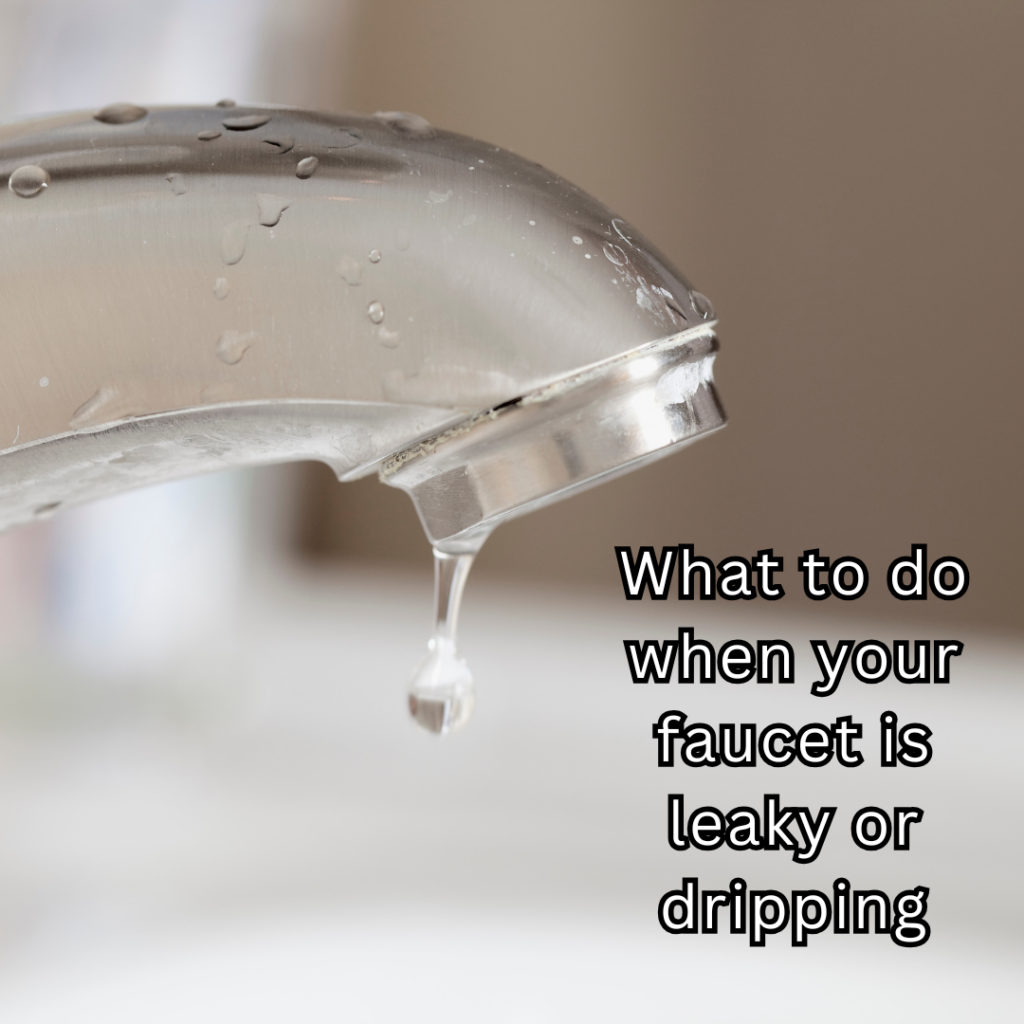MON-FRI / 7:00 AM - 5 PM

A leaky or dripping faucet is more than just an annoyance—it can waste gallons of water per day and drive up your utility bills. If left unchecked, small leaks can lead to bigger plumbing problems down the road. Understanding the causes of a dripping faucet and knowing when to DIY or call a professional can save you time, money, and frustration.
If you’re dealing with a leaky or dripping faucet, it’s important to identify the cause. Here are the most common reasons:
The washer and O-ring create a seal that prevents water from leaking. Over time, they can wear out, causing the faucet to drip.
The valve seat connects the faucet to the spout. Corrosion and mineral buildup can prevent it from sealing properly, leading to leaks.
Excessive water pressure can force water through small openings, even when the faucet is turned off.
With frequent use, faucet components can loosen or break, leading to persistent dripping.
If you have a cartridge faucet, the internal cartridge may be damaged, leading to leaks even when the faucet is shut off.
If you’re comfortable with DIY repairs, follow these steps:
Before making any repairs, shut off the water supply to the faucet. Look under the sink for the shutoff valves and turn them clockwise.
Use a screwdriver and wrench to carefully remove the faucet handle and access the internal parts.
If the washer or O-ring is worn out, replace it with a new one.
If you notice corrosion on the valve seat, clean it with vinegar and a brush.
If the cartridge is damaged, replace it with a matching part.
Put the faucet back together, turn the water supply back on, and check for leaks.
While minor leaks can often be fixed at home, some issues require professional help. Call a plumber if:
The leak persists after replacing washers and seals.
There’s visible corrosion or damage to the faucet body.
Your home has high water pressure causing multiple leaks.
You’re unsure about disassembling your faucet.
To avoid future issues with a leaky or dripping faucet, follow these preventive measures:
Regular Maintenance: Clean and inspect faucets for signs of wear.
Avoid Over-Tightening: Turning the handle too tightly can wear out components faster.
Check Water Pressure: If you suspect high water pressure, have a professional assess it.
If you have a leaky or dripping faucet that won’t stop, Pro Flow Plumbing Solutions is here to help. Our expert plumbers can diagnose and repair your faucet quickly and efficiently. Contact us today to schedule a service!

Pro Flow Plumbing Solutions offers top-quality residential plumbing and emergency services. Licensed, insured, & experienced in all aspects of residential plumbing.
© Pro Flow Plumbing 2024. All Rights Reserved.
This site uses cookies to enhance your browsing experience. By continuing to use this site, you consent to our use of cookies. For more information on how we use cookies and how you can control them, please read our privacy policy